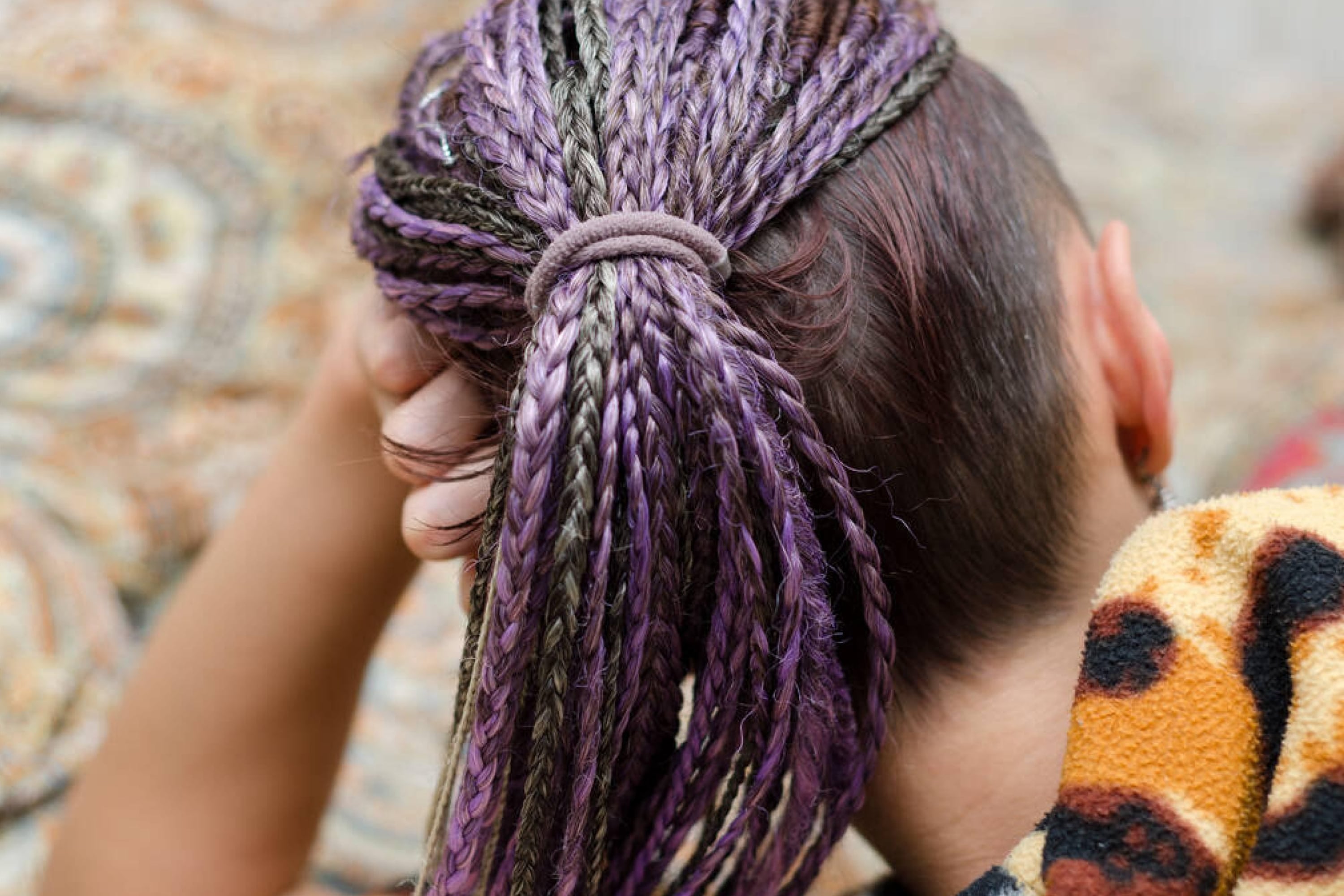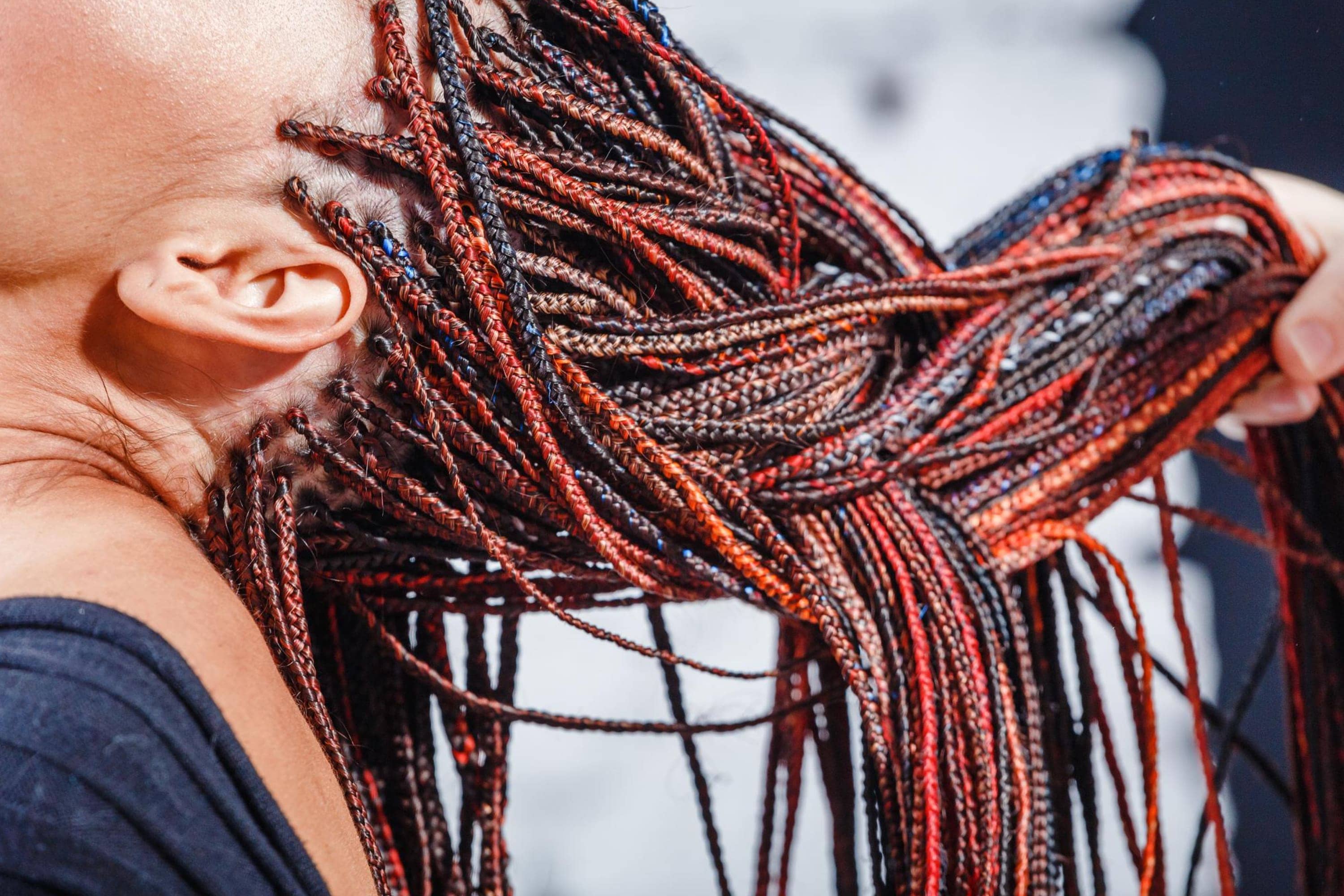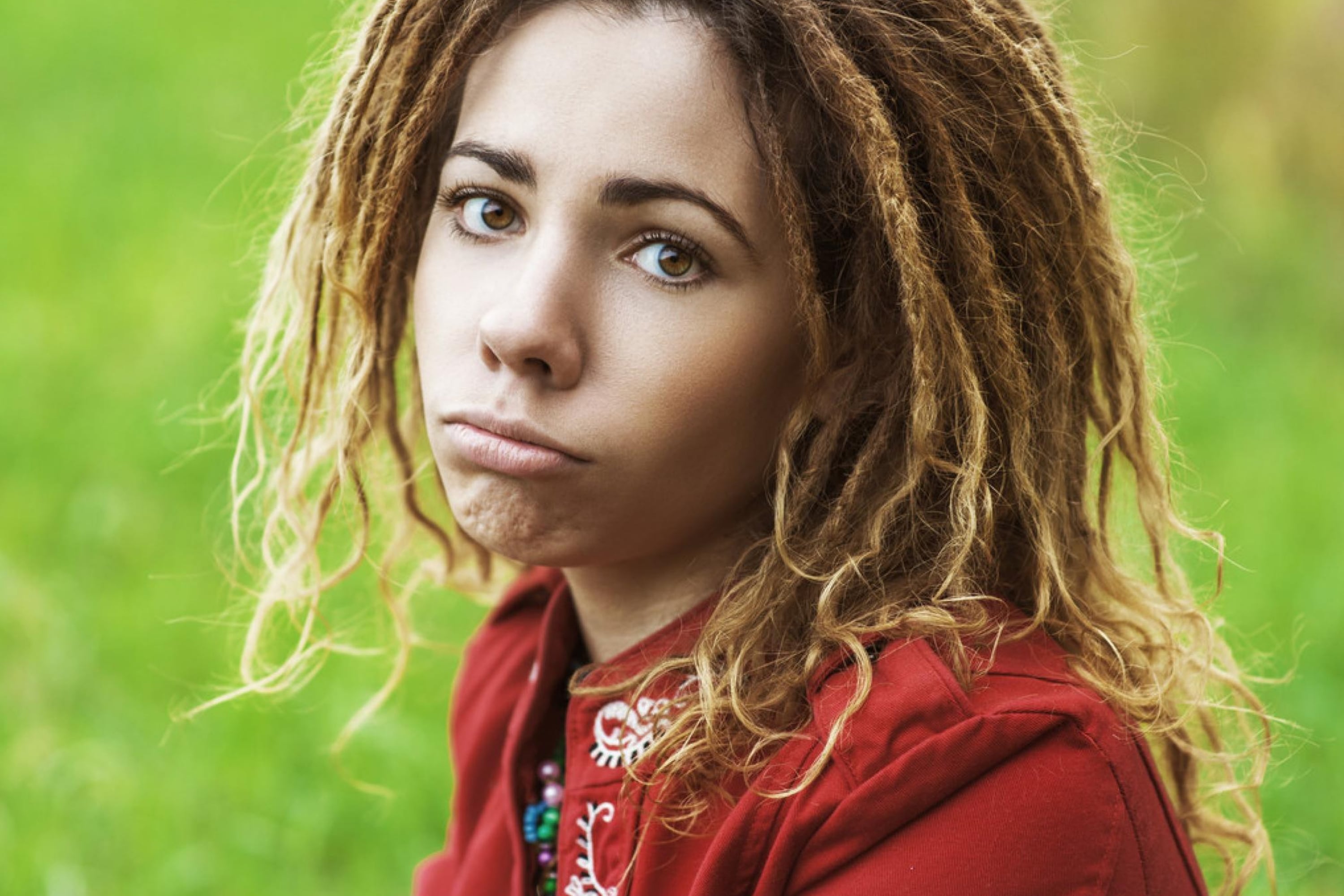Dreadlocks can be very helpful as a hairstyle since they typically need no complicated maintenance or care. However, those who are wearing dreads for the first time often wonder how to dry their dreads correctly.
Today we will explain both how to dry dreads properly and how to dry dreads faster should you need to speed up the drying process a bit.
Also, you will learn how much time dreadlocks might take to dry depending on whether you use a hair dryer or not.
How to Dry Dreads After Washing?
One of the biggest problems that the owners of dreads face is the time needed for drying them. See, dreads are very close to sponges in terms of their texture, which is why it is extremely hard to dry them!
If you might need around thirty minutes to dry your normal hair (when it’s undreaded), with dreadlocks, this time frame will significantly extend!
So before you plan your dreadlock washing routine, make sure you get all the necessary “tools” ready:
- A few microfiber towels
- A hairdryer
Also, we would recommend you wash your dreads early in the morning so that you still have the rest of the day for drying them. And remember: your dreads may seem to be dry on the outside, but it doesn’t necessarily mean they are dry on the inside!
So how to dry dreads at home?
The drying routine will include a few mandatory steps that you must never skip. Otherwise, you will end up with moist dreads.

Squeeze Them With Your Hands
After you washed and rinsed your dreads and there is no shampoo left in them, separate your mane into four to six sections and gently squeeze each of them. You should work with your hands only, no towels are needed! Start at the roots and work your way down slowly.
Also, make sure you are not wringing your locks out! If you do this, it may damage the dreads. You simply need to squeeze them as if you are squeezing a sponge – by slightly pressing the dreads lengthwise.

Proceed With a Towel
Squeezing is not finished yet! After you removed the most of water from your dreads, you can shift for a towel. Now you need to take a large microfiber towel and wrap it around your dreaded hair, keeping your head upside down.
This time, you need to squeeze your dreads using a towel for better absorption.
Some of you may ask: why do I need to use a microfiber towel? Why not cotton?
Well, for two reasons, in fact:
- Microfiber towels absorb several times more moisture than other fabrics
- Microfiber doesn’t leave lint unlike cotton and other natural fabrics
So if you don’t want to waste your time on removing lint from your dreads, microfiber is your option. And even if you don’t have a microfiber towel, opt for a t-shirt or a pair of leggings made of this material. Just make sure they are clean!

Wrap Your Dreads In a Towel
basically, this step can be skipped. But if you have some spare time, you can wrap your locks with another dry microfiber towel and lounge around your home with this turban on your head for an hour. During this period of time, your dreads will give away the rest of the moisture.

Palm-Roll Your Dreads
If you are tight on a schedule, you can skip walking with a turban and palm roll your locks instead. Start palm rolling your dreads at the root and move down to the tips. This will remove any excess moisture that might be still trapped in them.
Shake Moisture Off Your Dreads
This method might be handy if you see that there is still some water in your locks. Some headbanging or dread flicking might be handy at this point, but keep in mind that the longer your dreads the heavier they are when wet.
As a result, your neck will experience more pain while you are whipping your head back and forth!

Dry Your Locks
The final drying can be done either by a blow dryer or naturally. If it is summer outside, you can let your dreads air dry under the sun. But during the winter months, you’d better opt for a blow dryer of course! Like that, you won’t have to worry about how to dry dreads fast.
Some people wonder how to dry dreads without a hair dryer, but in fact, you can’t just wash your dreads and then let them air dry. Squeezing and drying with a towel are mandatory, otherwise, moisture will get trapped inside of the locks, which can damage them.
And now that you know how to dry your dreads correctly without altering their texture, let’s figure out how much time you might need for all that in total.

How Long Do Dreads Take to Dry Them After You Wash Them?
Many dread owners wonder how long it takes for their dreads to dry. As you can see from the drying process we described above, it is not a kind of procedure that will take you just a couple of minutes!
Drying your dreads, even if they are not long, is a time-consuming process that depends on several factors.
How Porous Your Hair Is?
The more porous your hair is, the better it will absorb and retain water. Typically, there are three types of hair porosity and below you can learn more about each of them:
- If you have hair with low porosity, your mane will take the longest to dry. This type of hair has trouble absorbing and releasing water and hair products. As a result, low-porosity hair is also more prone to buildup.
- Normal porosity means that your hair retains moisture well. Such hair is elastic and absorbs water and products well enough.
- Hair with high porosity is often dry or frizzy (or both). usually, this hair has been excessively treated with styling tools and/or dyeing or other chemical products.

How Old Or New Your Locks Are?
The newer the locks the less time they need to dry because there is still a lot of space between the hairs. Older dreads are matted already, which is why they will retain quite a lot of moisture. This is why older dreads may take twice as long to dry!
The Thickness Of Your Dreads
The thicker the dreads the more layers of hair you need to dry each time after you wash your mane. And even if you feel that the outer layer is dry, it doesn’t mean that the inner layer is dry as well. The deeper the layers go the more water they can retain!

The Length Of Dreads
Naturally, the longer the dreads you have the more time they will need to get dry. But even if your locks are short, you need to make sure you squeezed them properly, otherwise, they might take the same time to dry as long dreads.
So, now you know how to wash and dry dreads correctly and what factors can affect the drying time your dreads need after you wash them. The basic idea is to consider all of these nuances since they all matter.
This is why people who have dreads usually plan their hair-washing routine in advance. Like that, they can know exactly how much time they need for washing and drying their locks depending on the locks’ length, texture, age, and other factors.
How to Properly Dry Dreads. Handy Life Hacks?
Of course, all the tips provided above will help you dry your dreads without damaging their texture. However, we can share a few more recommendations with you that will help all dreads owners maintain their hairstyle even better.
- Wash your dreads in the morning to have enough time to dry them
- Avoid washing dreads in the evening since you might not have enough time to dry them before you go to bed
- After you wash and dry your dreads, leave them loose during the day. Don’t tie them up! Tieing will prevent the locks from being properly air-dried in addition to manual drying methods
- If you have dread accessories like beads, move them up and down while drying the locks if possible. Like that, you will avoid your dreads growing mildew underneath the beads
- Avoid oiling your scalp on the washing day! Oils will retain moisture, extending the drying time!
- Remove water-retaining hair products from your hair care routine. That includes wax in particular
- If you have dreadlock extensions, note that they require more time to dry!
With all this in mind, you will easily avoid making the most common mistakes that the owners of dreadlocks make when washing their locks.

Why You Should Dry Your Dreads Thoroughly and Quickly?
At this point, some of you might start wondering why it is so crucial to dry your dreads as soon as possible. As you probably know, dreadlocks are densely packed on the inside, especially the locks that have been there on your head for quite a long time.
This means that there is little air that circulates within the dreadlock to let it dry fully and quickly in a natural way!
The good news is that dreads will naturally wick most of the water towards the tips. Thanks to gravity, most of the water will find its way to the tip and drip off naturally.
But you will anyway notice that even after all the water dripping off, there will still be moisture left in your dreads. And if you do not dry your dreads fully and in the right way, that moisture will remain.
Besides, if you always let your dreads dry naturally under the sun, it will not only take all day to fully dry them. In the long term, your locks will develop what is called a “wet dog smell”. This smell is a result of your dreads developing mildew which is also known as dread rot.
This is why it is so essential that you dry your dreads right after they are washed and you do it properly. Squeeze as much water out of them as you can, then dry them with a clean microfiber towel, then blow dry them, and finally, you can give a final touch-up by letting your dreads to get sun and wind-dried!
With all the tips and life hacks we have shared with you today, as well as with all the information you learned regarding dreadlocks drying, you will be able to maintain your hairstyle properly much longer with just a few simple methods and tricks.

[wp-faq-schema title=”Frequently Asked Questions”]

Hi! Thanks for such a useful information! I’d also like to receive an answer to a question I have. Do I need a special shampoo for washing dreads?
Unless you have dandruff, you don’t need any special shampoo to wash your dreads. However, you need to make sure that you wash dreadlocks with a shampoo that is residue free and doesn’t contain silicone and unemulsified oils.
These components can unknot your hair and keep it smooth. Besides, residue can remain in your hair even after rinsing, resulting in build up within the dread.
Hi! Does anyone know how to dry synthetic dreads safely? I’m a bit afraid to use a blow dryer since it might burn the locks (I guess…).
Oh, don’t be afraid to use a blow dryer! Since synthetic dreadlocks dry very quickly and do not absorb water, just wait for excess water to drain off and shake the rest of it by shaking the dreadlocks. Then dry them gently with a stream of air from the dryer. Simply don’t use the high heat setting!